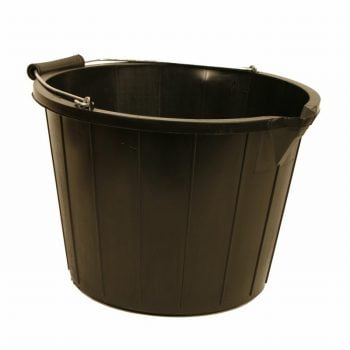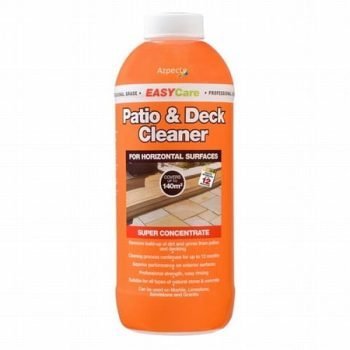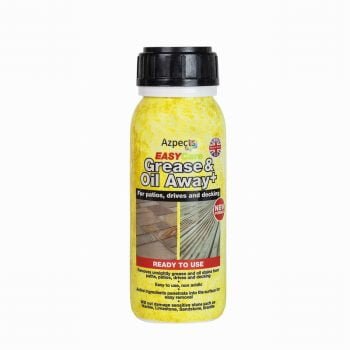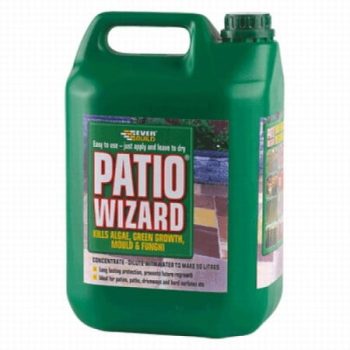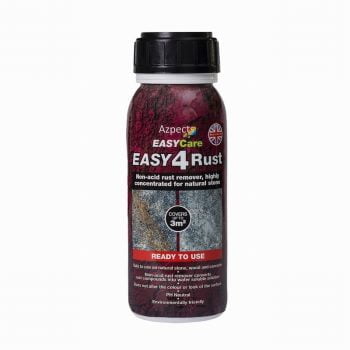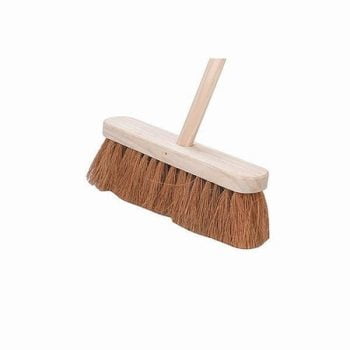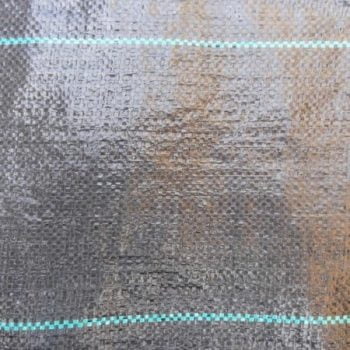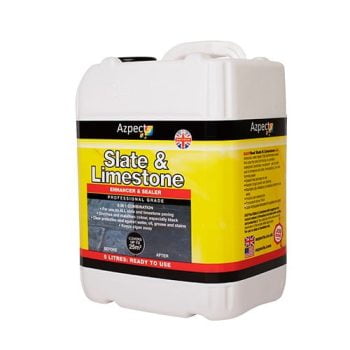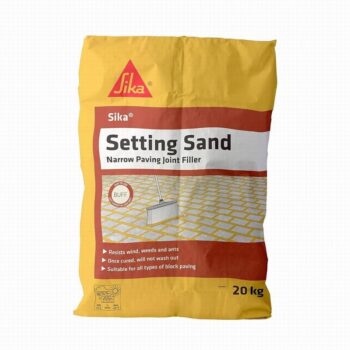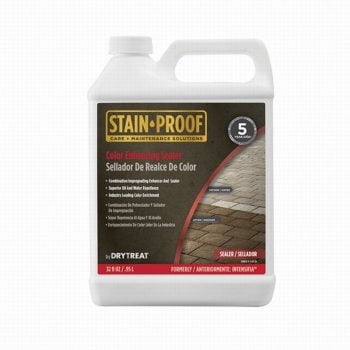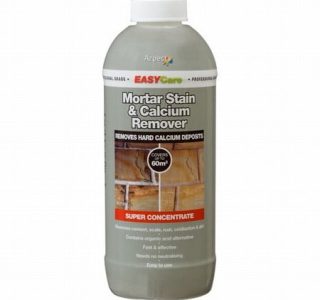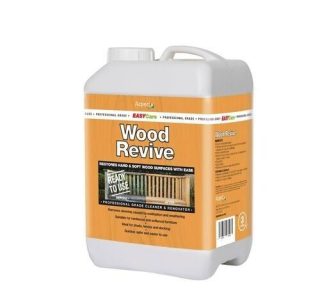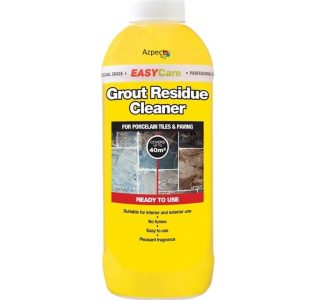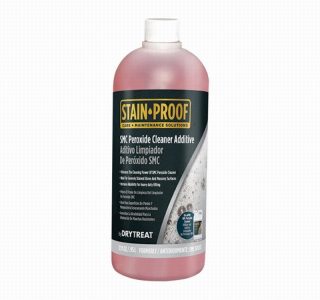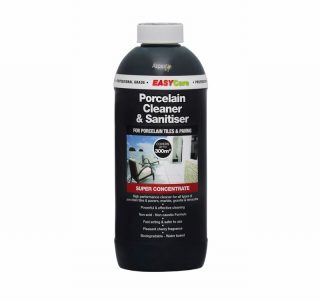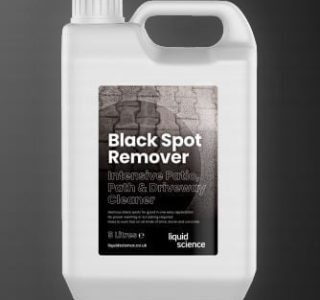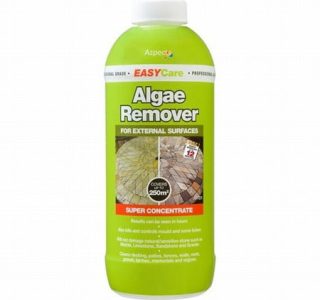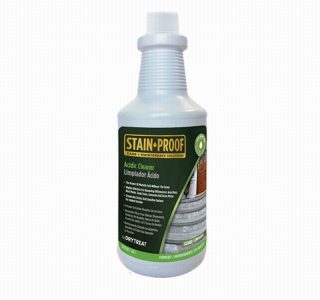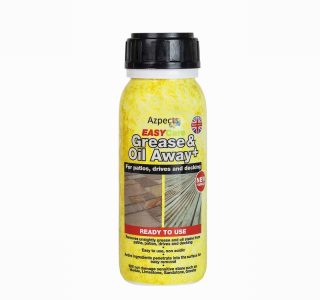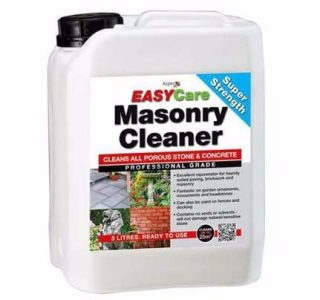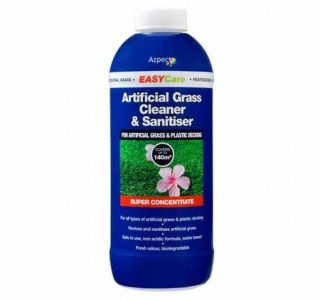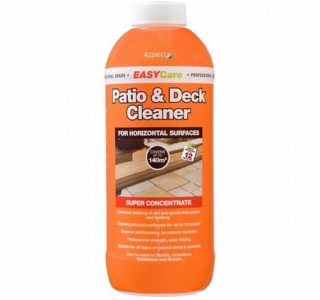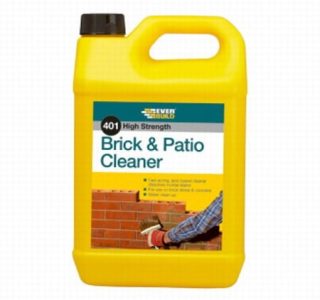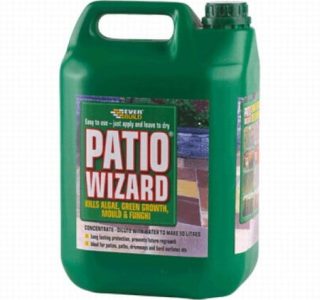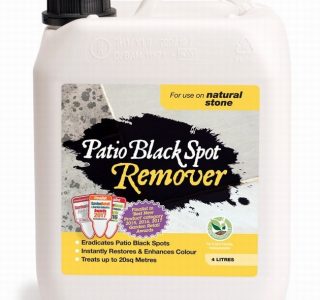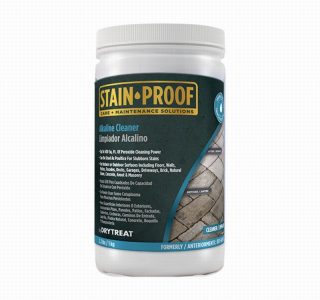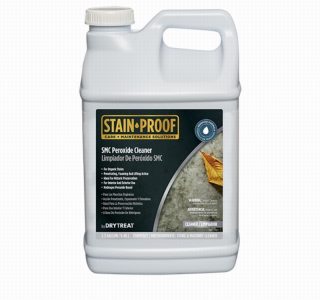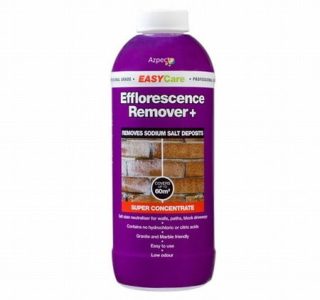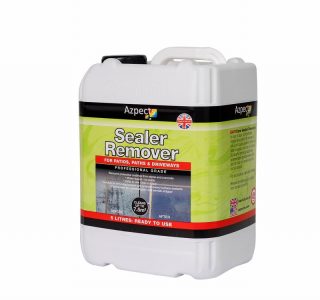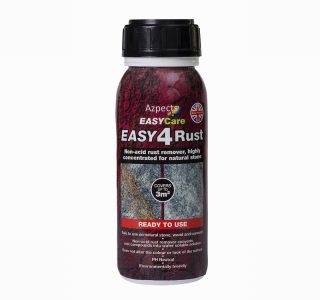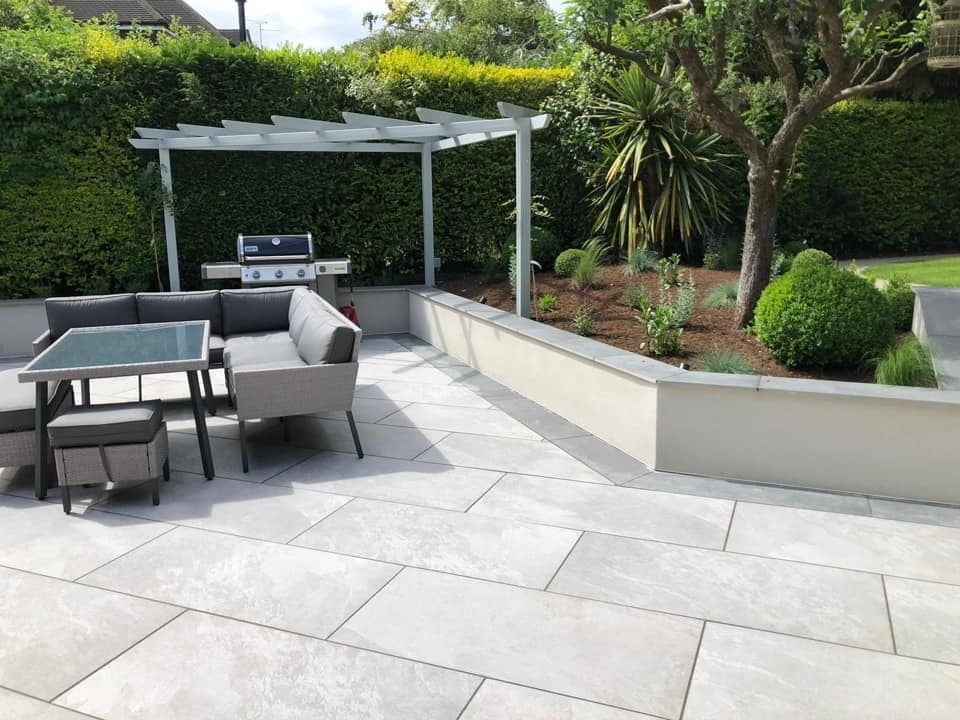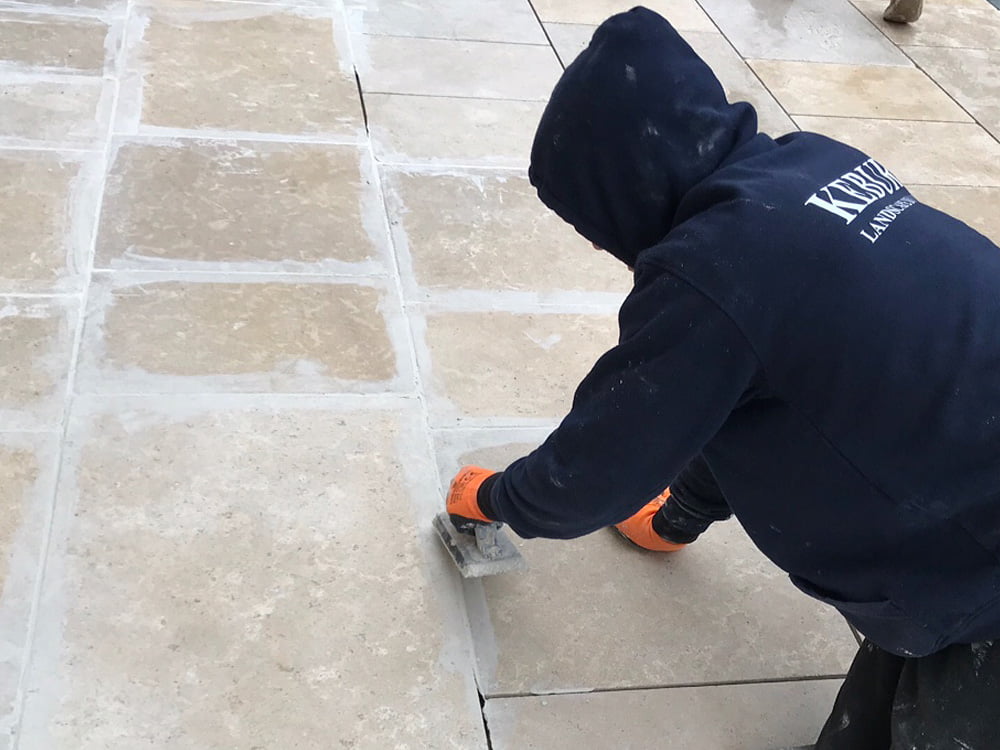How to clean patio slabs
Neglecting patio slab cleaning can lead to algae growth, black spot, slippery surfaces and even erosion or damage of the slabs themselves, not to mention possible accidents.
By taking the time to clean your patio regularly, you’ll prevent the accumulation of dirt and grime, making it easier and faster to clean. Regular maintenance also helps to identify any potential issues before they become major problems. We discuss how to clean patio slabs
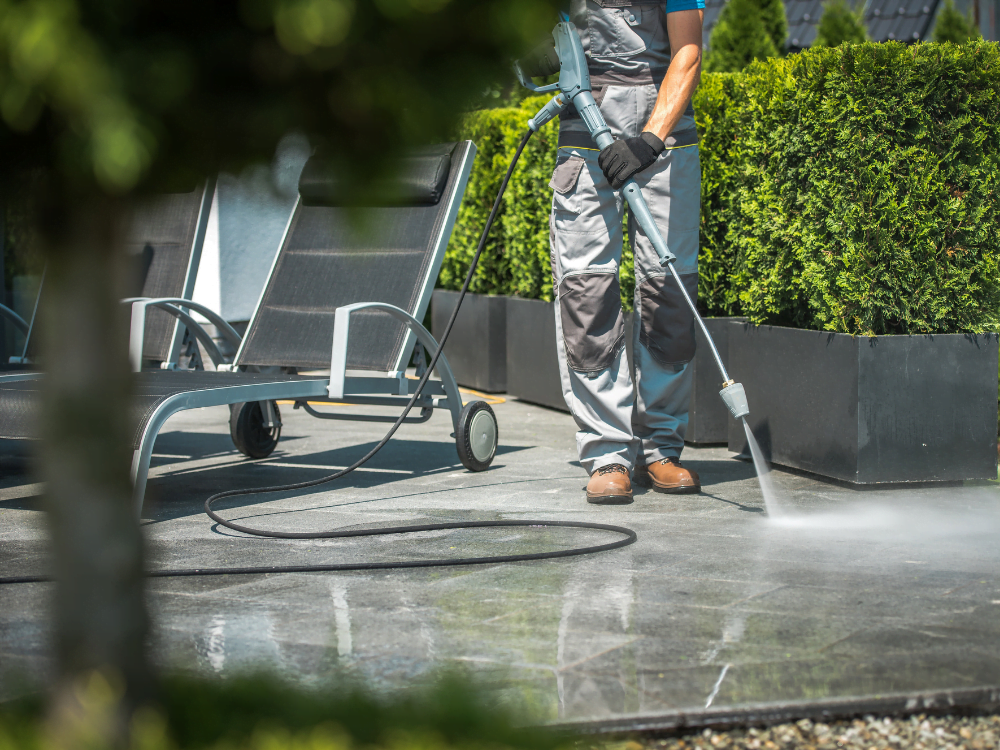
How to manually clean patio slabs
A stiff brush and soapy water are usually enough to get rid of most stains. Mix some mild detergent with water, and scrub the dirt and grime away. View our selection of buckets and gloves.
Pressure washers can be great for blasting away the dirt, leaving your patio slabs looking fresh and clean. However, always check your paving is suitable for jet washing and test a small discrete patch first.
Be sure to adjust the pressure settings to avoid damaging the slabs. Avoid jet washing natural stone as it can damage joint pointing and loosen natural layers of some stone. Light jet wash concrete paving only occasionally to avoid damaging the surface.
How to use patio slab cleaners
Sometimes, stubborn stains won’t budge, no matter how hard you scrub. Patio slab cleaners can help. Look for cleaners specifically designed for outdoor surfaces and follow the instructions carefully. Just remember to wear gloves and protective eyewear. View our full range of patio slab cleaners.
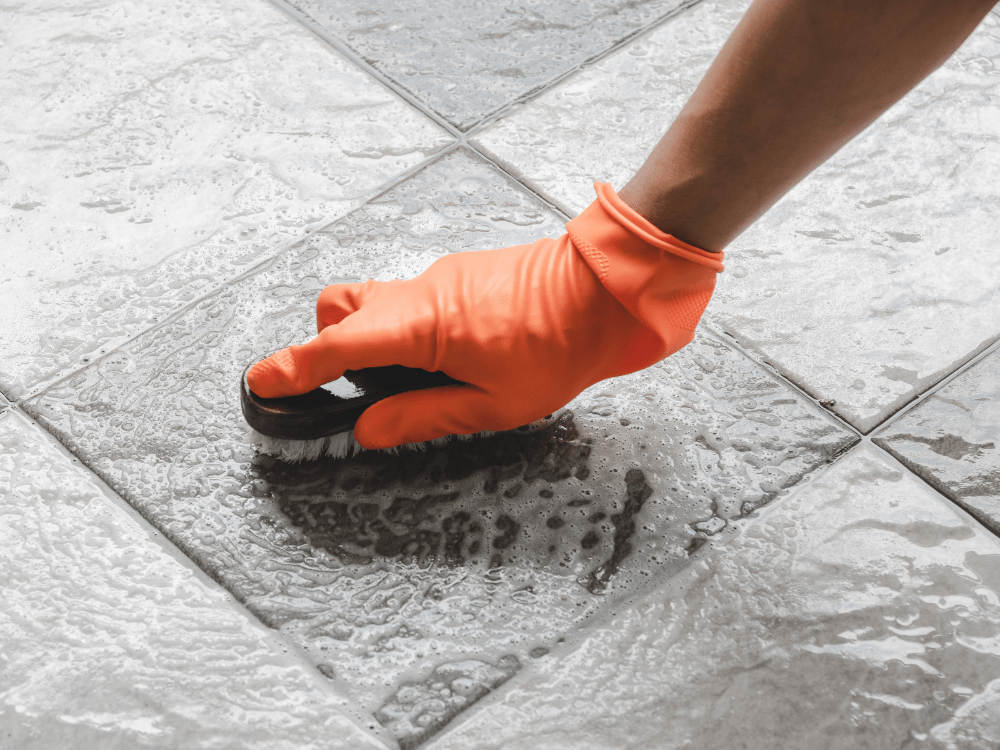
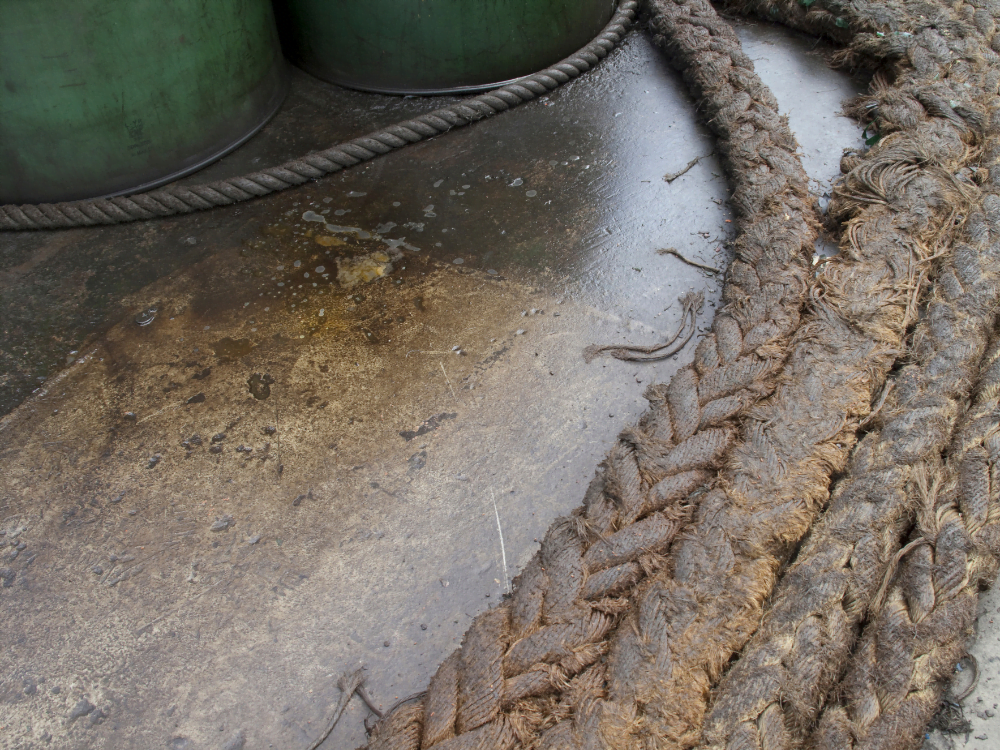
How to remove oil stains from patio slabs
A barbecue mishap or an accidental spillage can leave unsightly oil stains on your patio slabs. To remove, start by sprinkling some absorbent material, like baking soda, over the stain. Let it sit for a while to soak up the oil. Then, scrub the area with a mixture of washing up liquid and warm water. Rinse thoroughly. We also recommend using EASY Grease & Oil Away which can be used straight from the bottle onto concrete or natural stone. This will not damage sensitive materials such as limestone, sandstone and granite.
How to remove moss, algae, and mildew from patio slabs
Moss, algae, and mildew can make your outdoor space look unwelcoming. To remove, mix equal parts water and vinegar in a spray bottle and spritz the affected areas. Let it sit for about 15 minutes, then scrub with a stiff brush and rinse thoroughly. Alternatively use Everbuild Patio Wizard, a moss, mould, and algae treatment that kills green growth without the need for any rinsing, scrubbing or pressure washing.
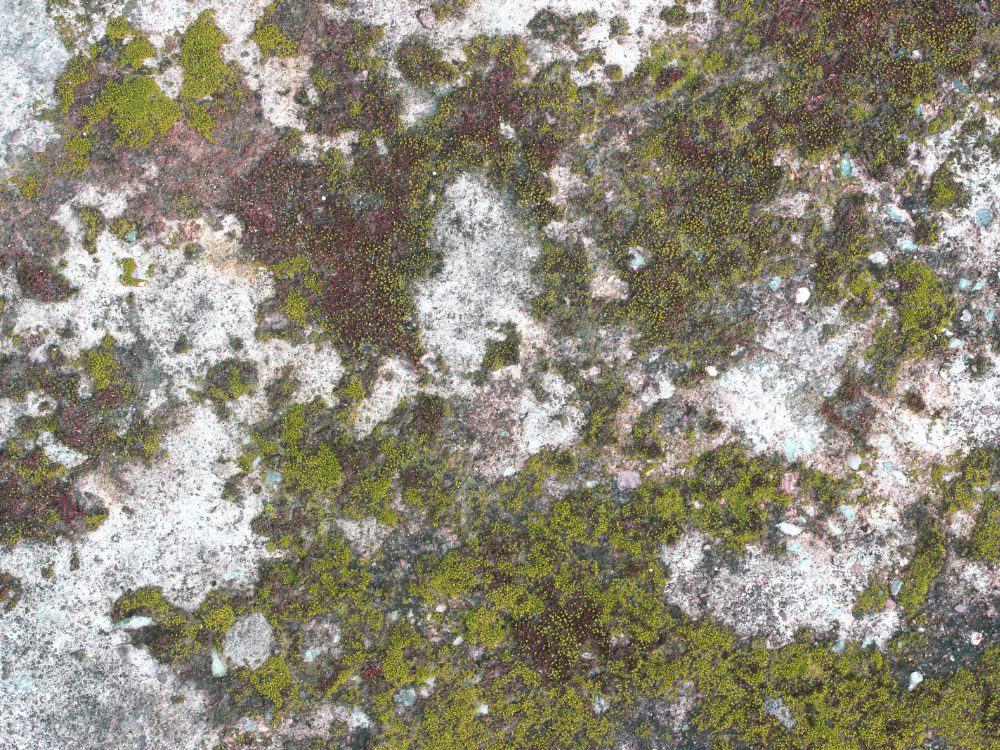
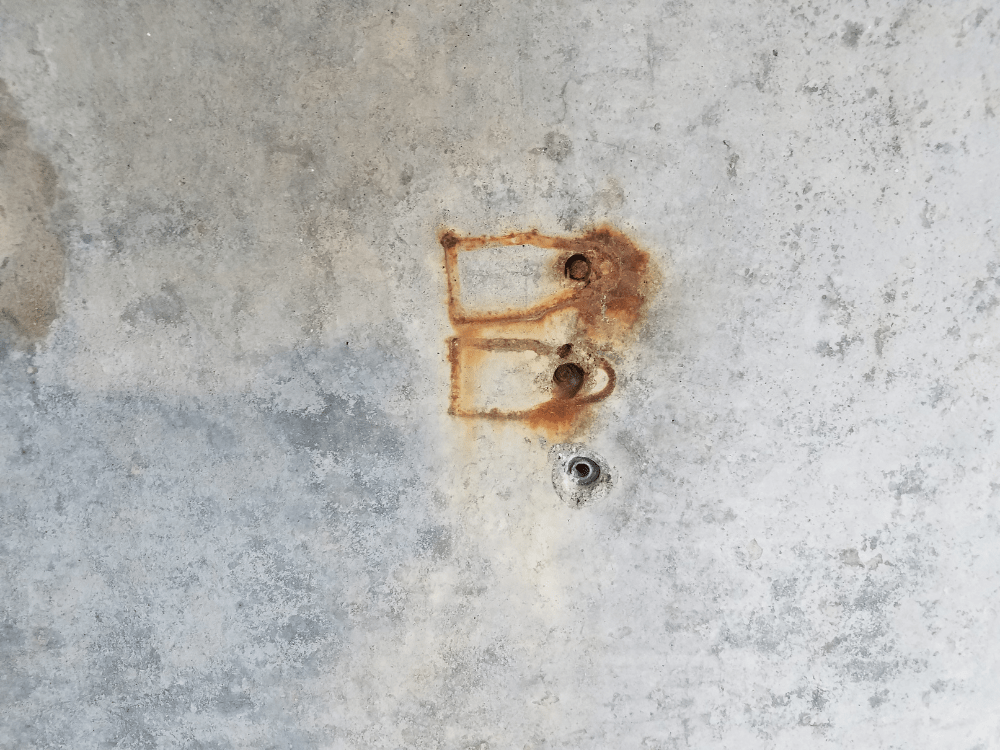
How to clean rust stains from patio slabs
You can banish unsightly rust stains by scrubbing the area with a mixture of lemon juice and salt or vinegar and baking soda. Let it sit for a few minutes, then scrub with a stiff brush. Rinse thoroughly. You can also use Easy 4 Rust and Go Ferrous, which are efficient at removing rust and oxidisation from all natural stone including marble, granite and slate.
How to clean patio slabs daily
Keep your patio slabs clean and debris-free by regularly removing leaves, dirt, and other debris. This will make your patio look tidier and prevent any potential damage or staining. View our selection of brooms and rakes.
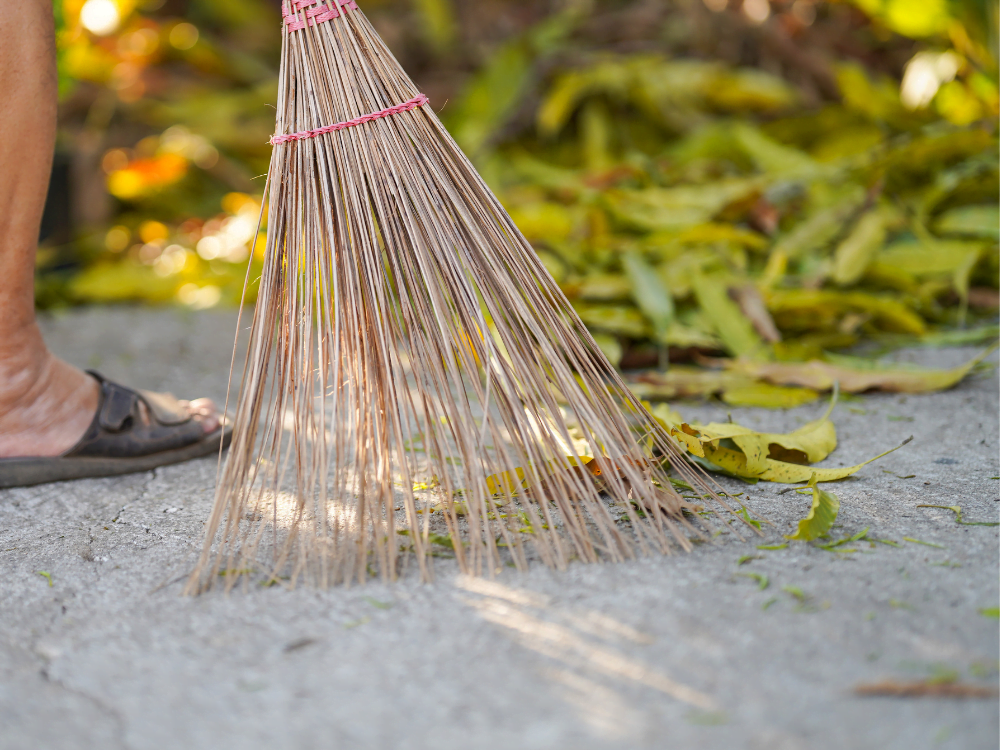
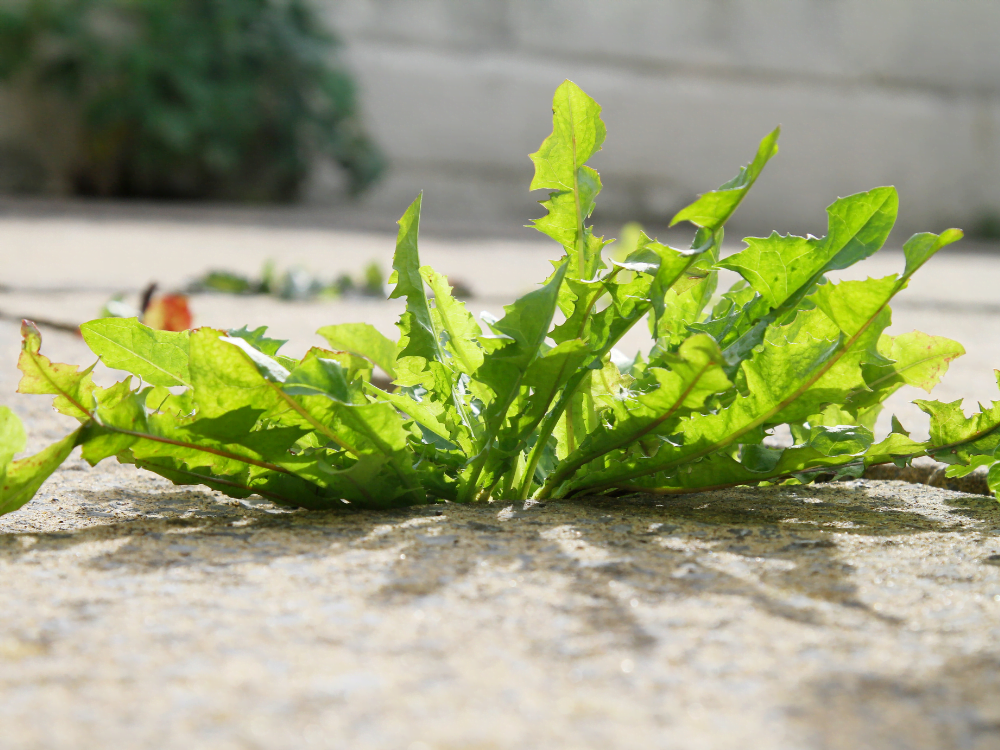
How to clean weeds from patio slabs
To keep your patio slabs weed free, make sure you regularly inspect the joints. You can also use a weed control solution or lay down a weed barrier fabric to discourage their growth. Woven Landscaping Fabric or “weed membrane” for use under chippings and paving prevents weed growth, yet allows water to penetrate through.
How to keep patio slabs clean
Sealing your patio slabs gives them a protective shield against the elements while helping to repel dirt and stains and preventing the growth of moss and algae. Choose a high-quality sealant appropriate for your slab material and follow the manufacturer’’s instructions for application. Consider applying a surface treatment, such as a protective coating or a colour enhancer, to boost the longevity and appearance of your patio. We offer a variety of sealers for different stone types.
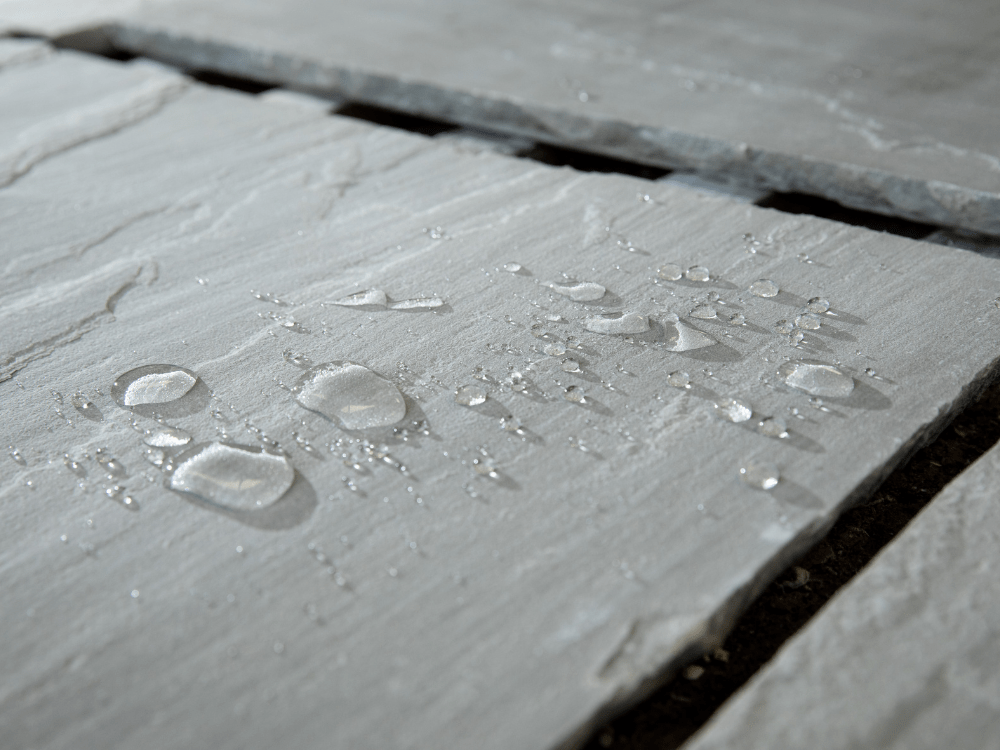
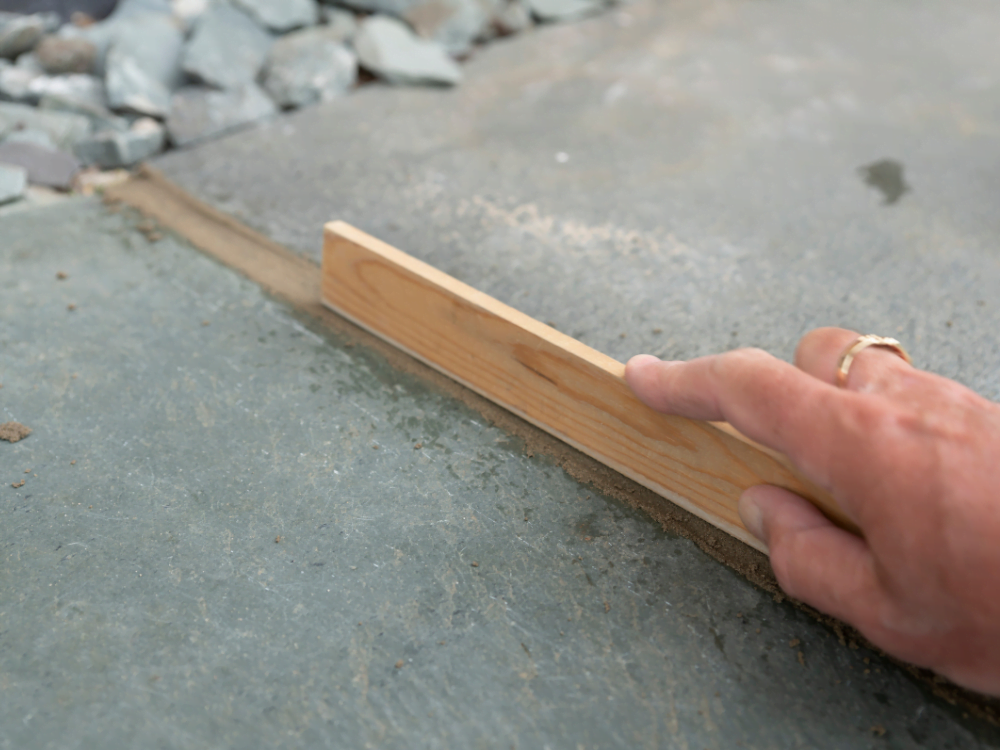
How to prevent weeds from growing between patio slabs
A recently-laid patio shouldn’t have a problem with weeds coming through the cracks. Just to make sure you stop weeds growing in your patio, we recommend using kiln dried sand for block paving and where joints are needed, 3 parts building sand to 1 part cement. Or you can try Sika Setting Sand which hardens and acts as a weed suppressant or a brush in mortar such as EasyJoint.
How to future proof your patio slabs
Invest in furniture pads and covers for your patio furniture to prevent scratching, fading, and weather damage. Not only will this prolong the life of your furniture, but it will also keep your patio looking stylish and well-maintained.
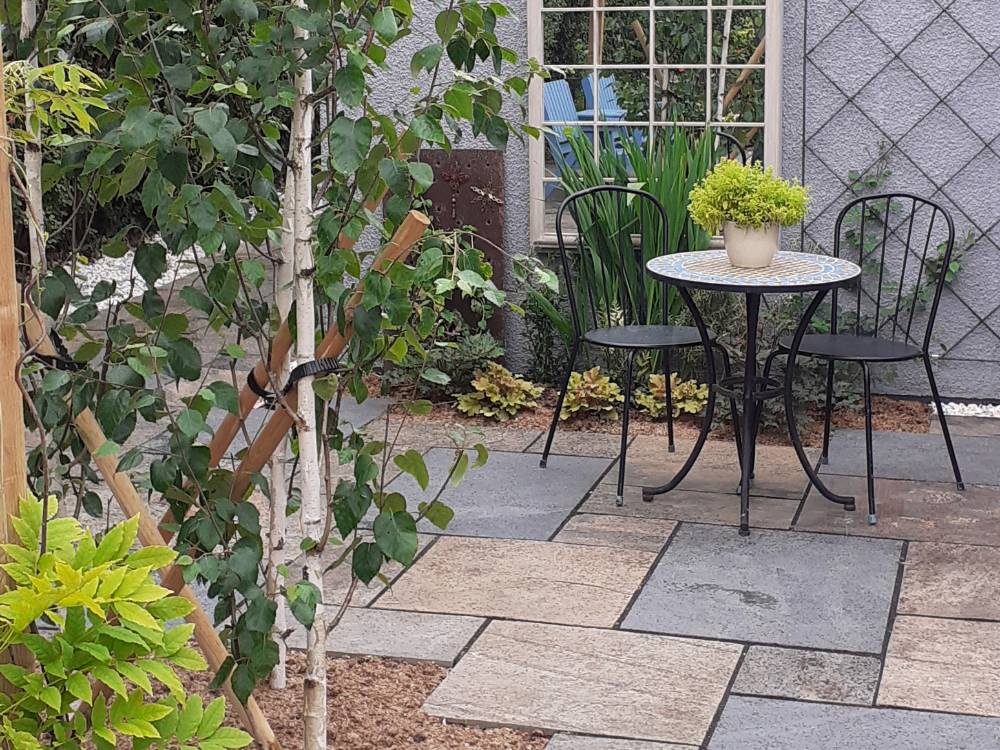
FAQ
1. How often should I clean my patio slabs?
Regular cleaning of your patio slabs is recommended at least once or twice a year, depending on the level of dirt accumulation and the climate in your area. Additionally, it’s essential to perform maintenance tasks such as sweeping and clearing debris on a more frequent basis.
2. Can I use bleach to clean my patio slabs?
While bleach is effective against certain stains, it can potentially damage your patio slabs and surrounding vegetation. It’s best to avoid using bleach unless specifically recommended by the manufacturer or as a last resort for severe stains. Instead, opt for milder detergents or specialised patio cleaning products.
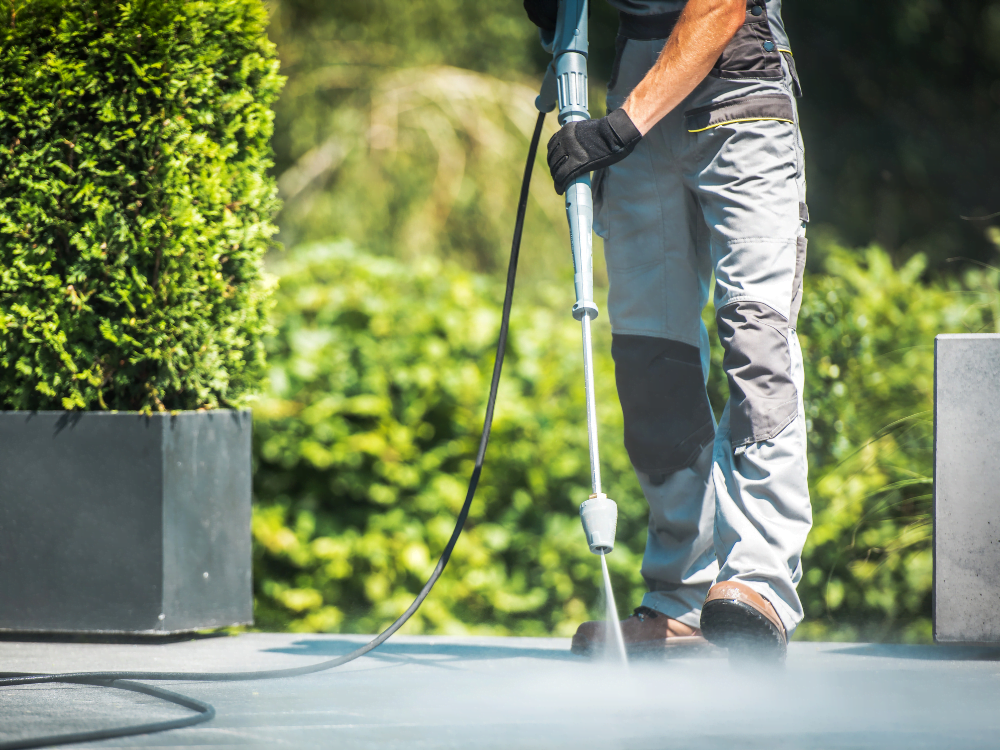
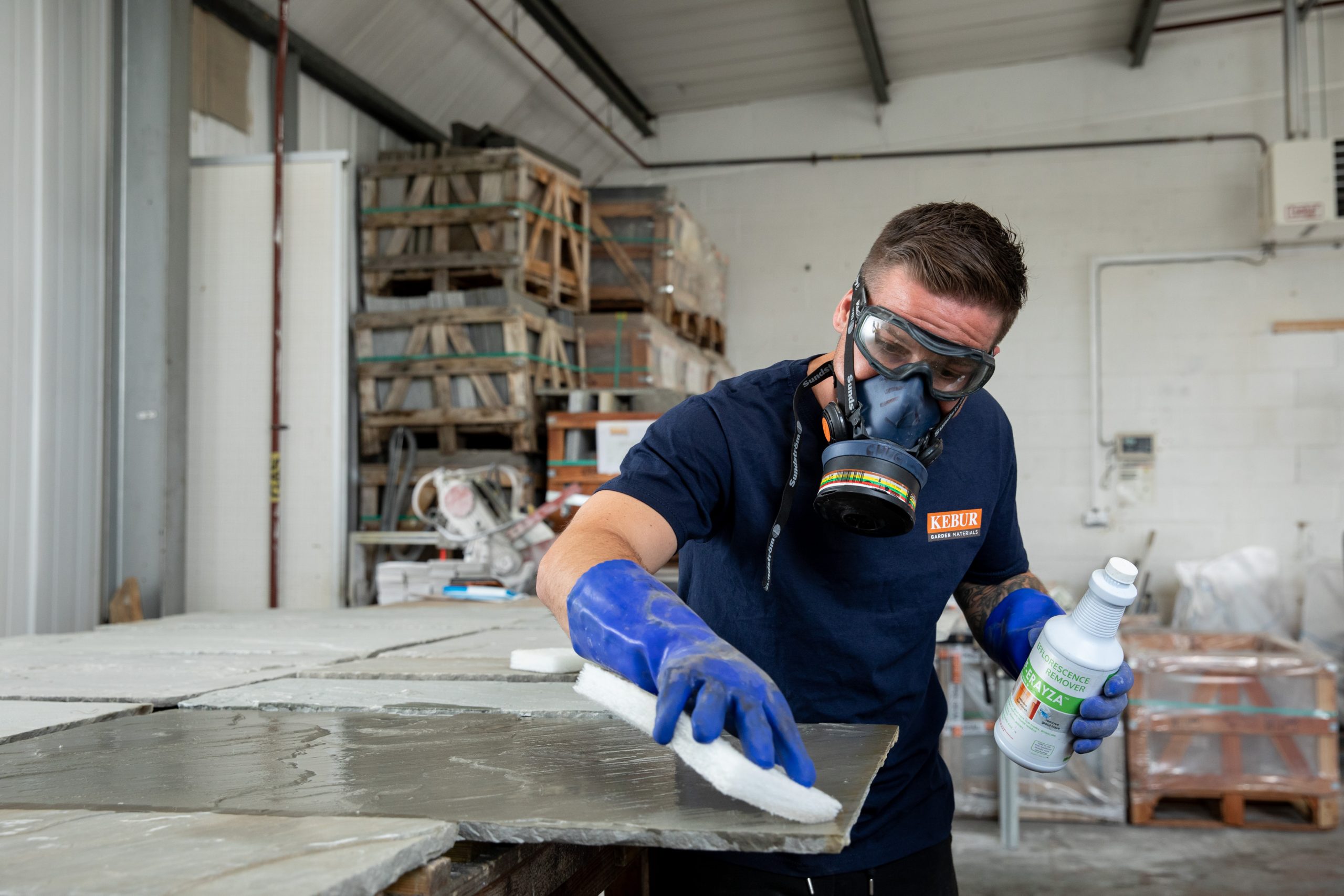
3. How can I prevent weeds from growing between my patio slabs?
To prevent weed growth, regularly sweep your patio to remove debris that can serve as a breeding ground for weeds. Additionally, you can apply a weed inhibitor between the joints of your patio slabs and consider using sand or polymeric sand to fill the gaps, inhibiting weed growth, or use a jointing compound.
4. Should I seal my patio slabs?
Sealing your patio slabs can provide extra protection against stains, moisture, and fading caused by sunlight. It can also enhance the appearance and longevity of your slabs. However, it’s essential to choose the appropriate sealant for your specific type of slabs and follow the manufacturer’s instructions for application and resealing intervals.
Sealing natural stone can prolong its life and maintain its characteristics. Kebur can help you by pre-sealing for you. We use deep penetrating sealants that inhibit moss and mould growth, and provide protection from stains, efflorescence, salt, freeze-thaw spalling and picture-framing. This means your paving will look good for longer and will arrive ready to install in any weather. Find out more about out Pre-Sealing service.
